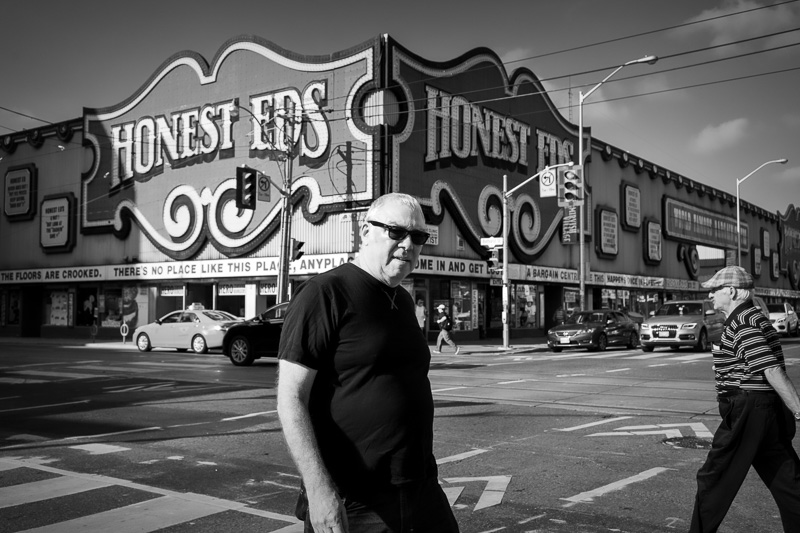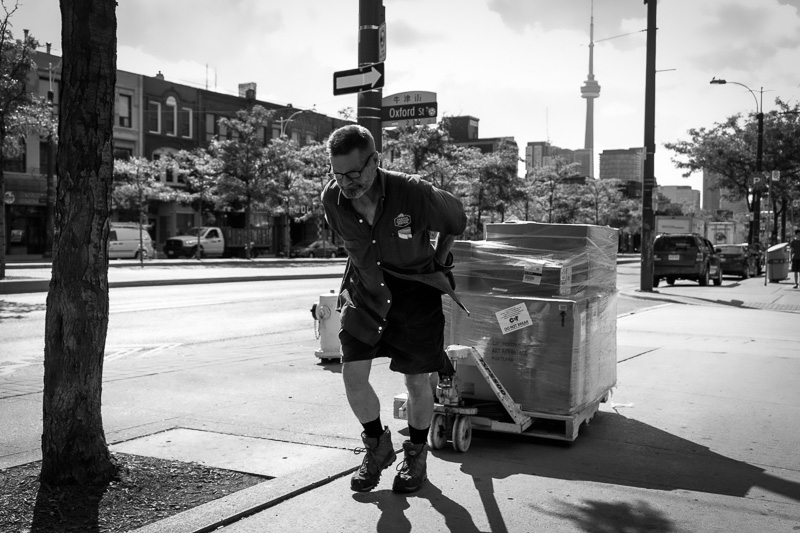I finally relented and set up an Instagram account. So far, I’ve been posting portfolio quality images and some of the best from my latest street shots. I have NOT been posting selfies with famous people, me getting wasted with friends on a Saturday night, or shots of whatever I happen to order at my favourite restaurant. My aims are simpler. I love photography and want to share it with like-minded people. I hope that they’ll share with me, too.
But today I learned from M2 (New Zealand’s only men’s lifestyle magazine) that “Your Instagram Photos Speak Volumes About Your Mental Health”. So says a study by two researchers who are, like, you know, reputable and stuff. Using a computational diagnostic tool, the researchers analyzed 43,950 photos posted by 166 individuals and compared those results to the diagnostic opinions of human mental health professionals who examined the same photos. The upshot is that the computational tool was more successful than the humans at diagnosing depression based on posts to Instagram. While their finding is interesting, what caught my attention is their methodology, how they analyzed the photos. As the abstract indicates: “Photos posted by depressed individuals were more likely to be bluer, grayer, and darker.”
Should I be calling my therapist? Reviewing my posts to Instagram, I note that I frequently desaturate my images. Citing other studies, the authors state that “healthy individuals identified darker, grayer colors with negative mood, and generally preferred brighter, more vivid colors. By contrast, depressed individuals were found to prefer darker, grayer colors.” Shit, maybe I’m in trouble. Take a look at three images I processed from yesterday’s foray into the streets of downtown Toronto. Although it was a sunny day, I transformed them into dark, even gloomy, scenes.

Then again, I often process my photos while bearing in mind well-established conventions within the genre of street photography and filtering those conventions through personal aesthetic aims. Colour is often a distraction. Typically (but not always), it improves an image to strip away unnecessary elements. Unless colour has something to do with the point of the image, it’s one of those unnecessary elements. High contrast black and white often delivers more impact. Or maybe I’m just making a sorry attempt at rationalizing away my own depressive tendencies. Maybe those at risk of depression naturally gravitate to modes of expression that include conventions that also serve as markers of depression. I could argue with myself all day over this one. I wonder if arguing with myself is a symptom of anything.

The study used social engagement as the other major marker of depression. The authors state:
Depression is strongly associated with reduced social activity (20,21). As Instagram is used to share personal experiences, it is reasonable to infer that posted photos with people in them may capture aspects of a user’s social life. On this premise, we used a face detection algorithm to analyze Instagram posts for the presence and number of human faces in each photograph. We also counted the number of comments and likes each post received as measures of community engagement, and used posting frequency as a metric for user engagement.
On this measure, I’m screwed! Sure, I post lots of photos with people in them, but the people aren’t people I know, and the photos can’t be taken as evidence of how socially engaged I am in my life. Quite the opposite. Street photography is an intentional exercise in observation. When I engage in it, I have no life; I hold myself apart from the world and simply observe. The lens often functions as a barrier between me and the world. As for likes and comments, my Instagram account is pathetic. Please go there and heart me. Pretty please.
The authors seem to imply that the more engaged with social media, the better a person’s mental health. They treat online social interaction as if it were equivalent to real world social interaction. I find that premise suspect. Although I’m not a practitioner of the social sciences, I would wager my 5DS that there are a bucketload of studies to support my suspicion. Online social and community engagement is not the same as in the real world. They’re horses of a different colour greyscale.

You and me both, then!